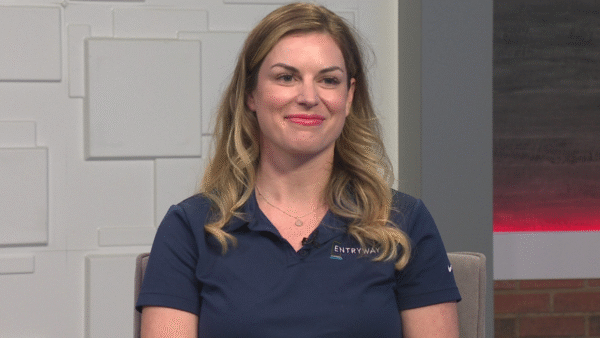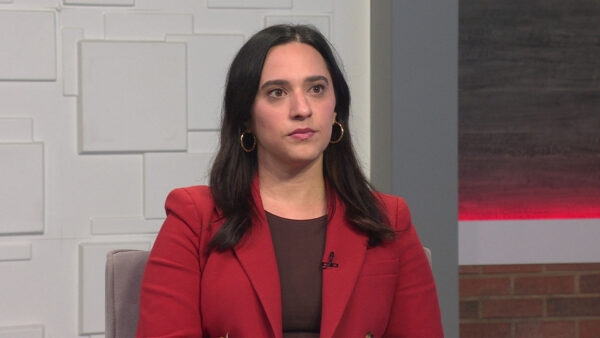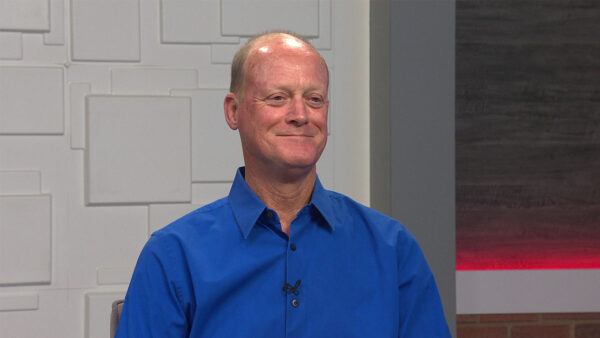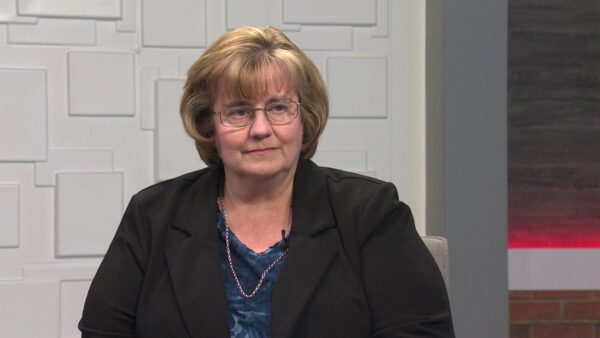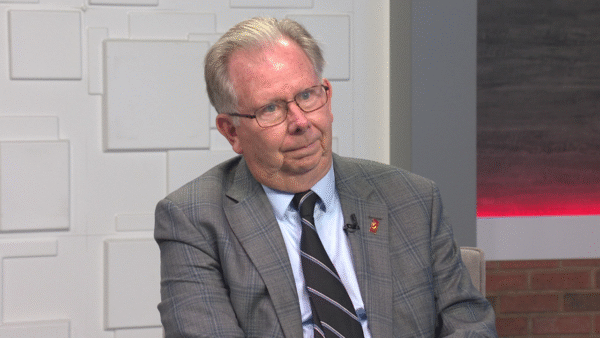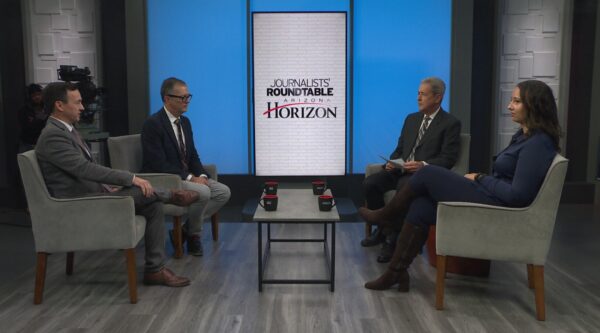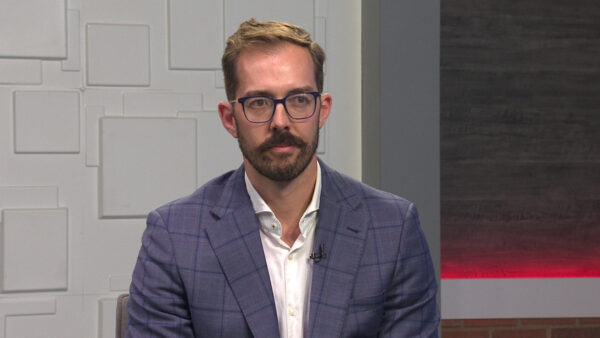New bill aims to protect homeowners and Arizona groundwater
Dec. 11, 2023
Governor Hobbs’ Water Policy Council recommended legislation to prevent “wildcat” subdivisions from springing up without providing home purchasers an assured water supply. The measure is intended to prevent a repeat of Rio Verde Foothills, the desert community near Scottsdale that garnered national attention when the city of Scottsdale stopped allowing residents to collect water from a pipe tapping its municipal supply. It’s one of several recommendations council members made to try to preserve both rural and urban groundwater, while allowing continued growth and sustaining the state’s water supply.
Back in May, Governor Hobbs tasked the Water Policy Council with “figuring out how to modernize Arizona’s groundwater management,” said Haley Paul, Arizona policy director of Audubon Southwest. “In six months, she wanted recommendations for how to either legislatively or administratively improve Arizona’s groundwater management.”
The council is composed of a variety of stakeholders, including tribes, conservation groups, agriculture and county representation, and more.
“There was a lot of acknowledgment and agreement that we have problems that we need to address. In order to secure Arizona’s water future, we need to deal with these issues. Overall, overwhelming support from the members of the council for the recommendations that we ended up submitting and forwarding onto the governor,” Paul said.
One of main issues is groundwater management. The council was tasked with determining if they could build off what has been done in the past, and can there be a recommendation for another way for rural Arizona to manage its groundwater?
“What the council put forward is called a rural groundwater management area framework. It’s not legislative language; it’s big concepts. The big principal is to let local, rural Arizona communities decide how they’re going to plan, how they’re going to meet their goals to protect their water future,” Paul said.
It’s different than active management areas, which is what is seen now with a lot of decisions already made for these rural communities. This concept allows individual decisions to be made and goals to be set with the support of Department of Water Resources, according to Paul.










